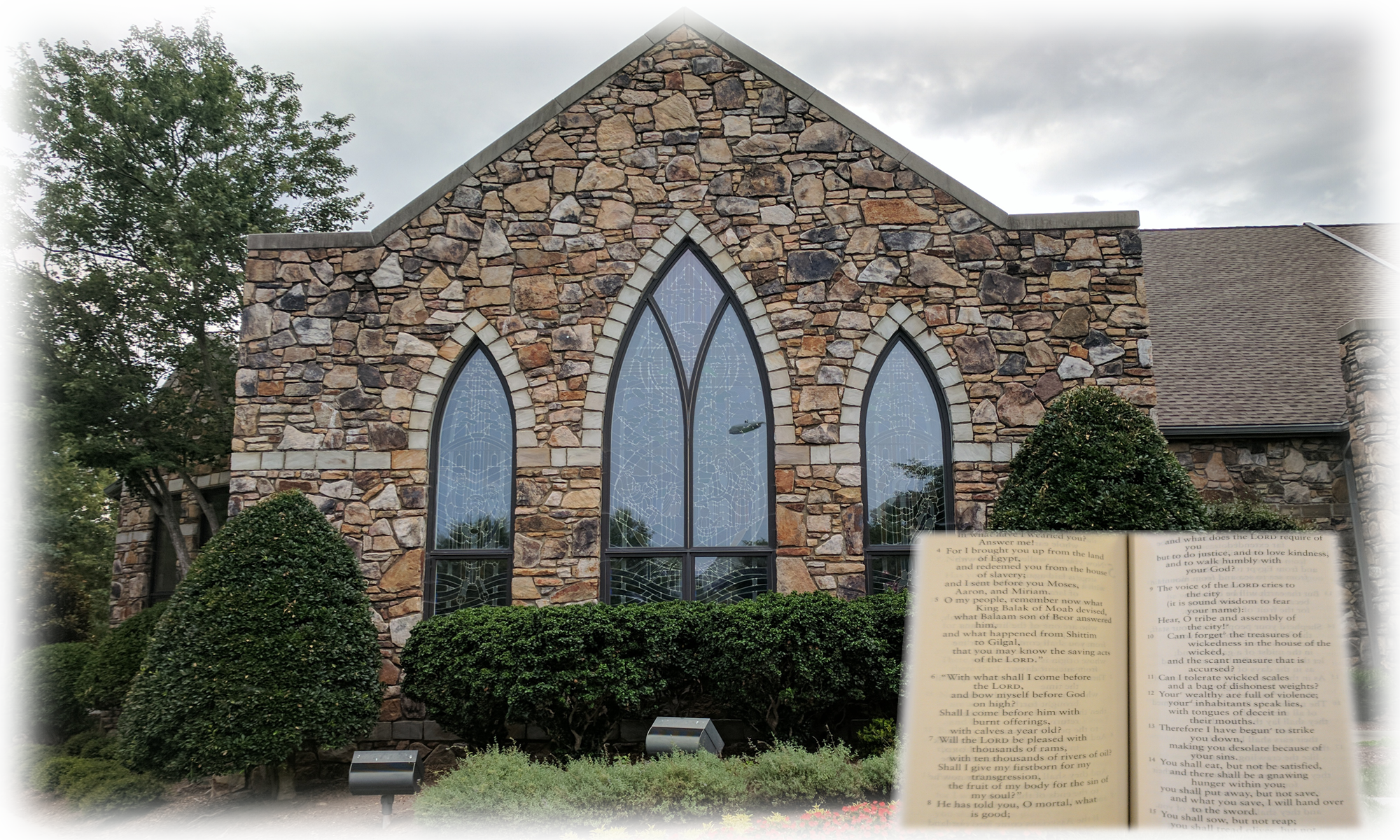Metaphors are inextricably tied to the sociohistorical contexts to which they respond. What is the context that fed into the prophets’ use of imagery of desire and dread to characterize the relationship between God and the community of faith? We will discuss a historical context in which cities were routinely portrayed as wives of their patron gods. The prophets clearly knew this connection and exploited it skillfully to condemn social and economic abuses of their time.
How should we read this in a context where cities are no longer understood this way? Can we find metaphors to use in our own time that will avoid the harm the whore-wife metaphor has caused to countless women? Can we give artistic representation to a healthier relationship with God?
On this Sunday, we will examine a common cycle of domestic violence that is assumed and not questioned in a number of biblical texts. We will then look at alternative metaphors for the divine-human relationship that do not assume violence, and even imply that violence is incompatible with God’s love. What if God’s love is powerful enough to render beauty from the broken pieces of lives shattered by violence?


On this Sunday, we read Hosea 2:16-23, then talked about a common cycle of domestic violence in which the violent partner becomes tender, consoling the abused spouse, reassuring her that a better future awaits. This text assumes a familiarity with this cycle.
We then examined three passages from First John that use other metaphors for God and the divine-human relationship, employing them to encourage positive behavior in the community of faith: Caring Father, Light, and Love. The first of these personifies God as male. The other two are abstract metaphors that do not use personification.
We discussed an art project done a few years ago at BYC (pictured above). We talked about how that art was used in worship and its incorporation of brokenness and healing as fundamental to the experience of faith.
Class ended with a brief exercise in poetic expression based on words provided in a somewhat random manner by members of the class after today’s discussion: reconcile, energy, heart, tree, light, sky, purple. We each took about three minutes to quickly write a reflection incorporating those words.